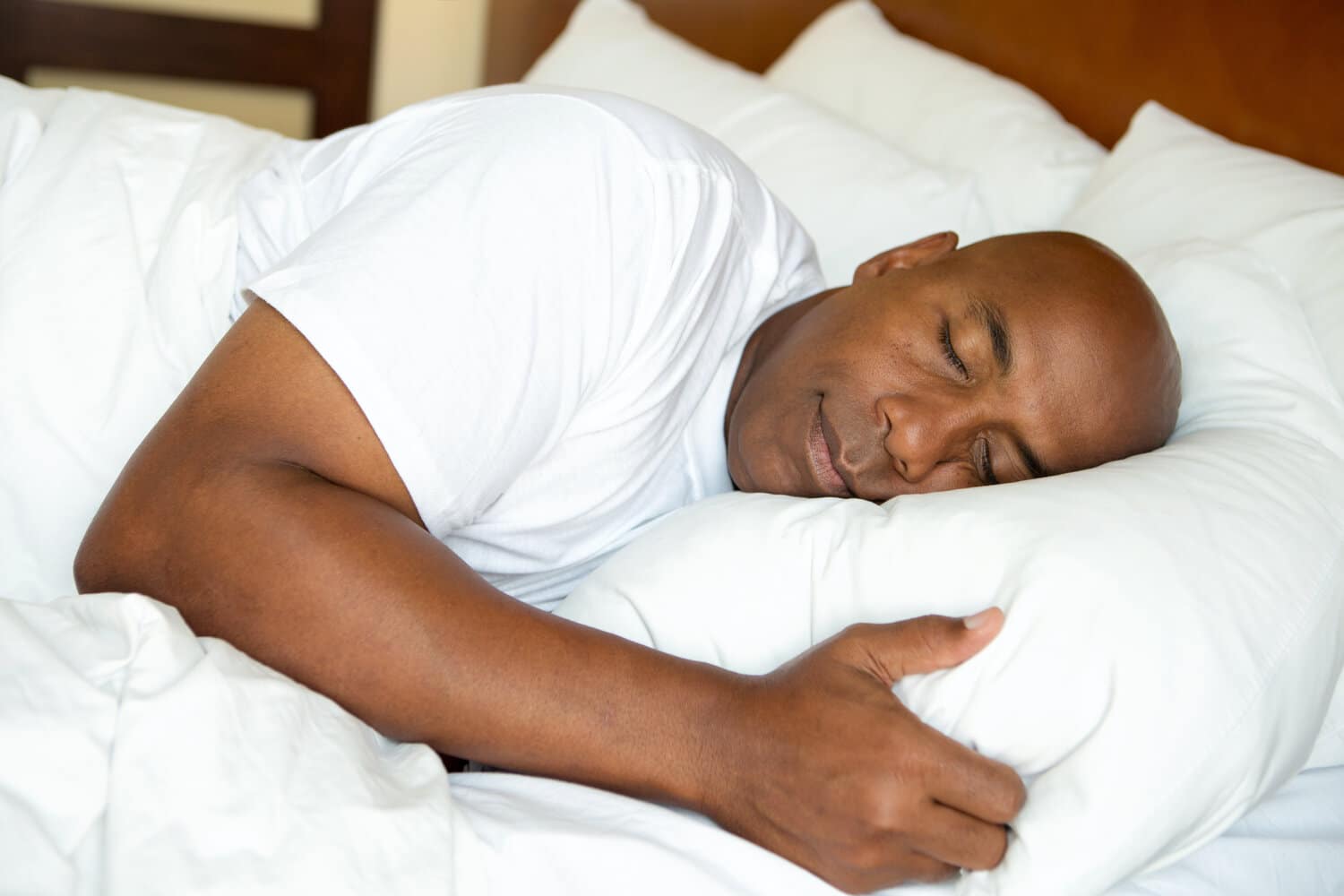- Your cart is empty
- Continue Shopping
Napping 101: the Keys to the Best Naps

It is a couple hours after lunchtime, and you find yourself in the anticipated mid-day slump. The peak of afternoon has rolled around, and you begin to feel lethargic, moody, and in-need of a recharge. If this sounds familiar, a solid nap might be your solution.
Napping overall can increase alertness, improve motor performance, lower stress and improve your mood; however, poor napping practices can have adverse effects. In order to avoid the negative side effects of naps, there are a few principles you can follow to snooze like a professional.
Duration is key.
A nap that lasts about 30 minutes or less is often called a power nap. Naps of this duration allow you to remain in the lightest stage of non-REM sleep, which makes it easier to awaken and not feel groggy. If a nap lasts more than 30 minutes, you begin to approach deeper stages of sleep, which may cause more difficulty awakening.
Location, location, location.
Finding the right space to nap is very important. Do you prefer total silence or some white noise? Are you away from distractions and disruption? Do you want to lie down or slouch back in a comfortable chair? Find or create a space that works for you, and stick with it. For best results, it is best to nap in a peaceful, dark space that limits distractions.
Get comfy.
This may seem like a no-brainer, but it is much easier to fall asleep when your body is in a comfortable position. Often, this means having the right tools, like soft sheets or supportive pillows.
Comfortability, however, is very subjective. Some people like a firm mattress, while others like sinking into their mattress. Some people like fluffy pillows, while others prefer them if they are stiff. Find out what makes you most comfortable so you can spend less time tossing and turning and more time catching up on sleep.
Set a time.
Although everyone’s schedules are unique, there are certain times of the day that are better for napping than others. The rule of thumb for most people is to nap between 2-3 p.m.. The reasoning? After consuming food during lunch, blood sugar and energy levels naturally decrease, making it an optimal time for a power nap.
However, if your schedule does not allow you to rest during the afternoon, it is important to plan your nap time. For example, it is critical that your nap does not affect sleep patterns in the evening. Your wake-up time should be no more than three hours from the time you would start preparing for your nightly slumber.
Eliminate distractions.
Now more than ever, people are spending an excessive amount of time looking at computer screens, phones and tablets. Before resting your head to take a nap, take inventory of your potential distractions. Shut your devices off. Switch your phone to ‘Do not Disturb’ mode. Alert people that you will be unavailable momentarily. Think through anything or anyone that could disrupt you and plan accordingly.
Drink caffeine.
Caffeine before a nap? Yes, you understood correctly. Consuming a bit of caffeine right before a nap can actually cause you to feel more alert once awakened. The effects of caffeine normally take about 20 to 45 minutes to set in, which allows you to get your power nap in right before caffeine’s effects kick in.
All-in-all, the tips and tricks above can help you perfect your nap time. However, a good night’s rest could help you say goodbye to naps altogether. You deserve to feel rested, and Mattress Man is here to help. Our team can help you find a mattress for your best rest, whether it’s at night or during the day.





